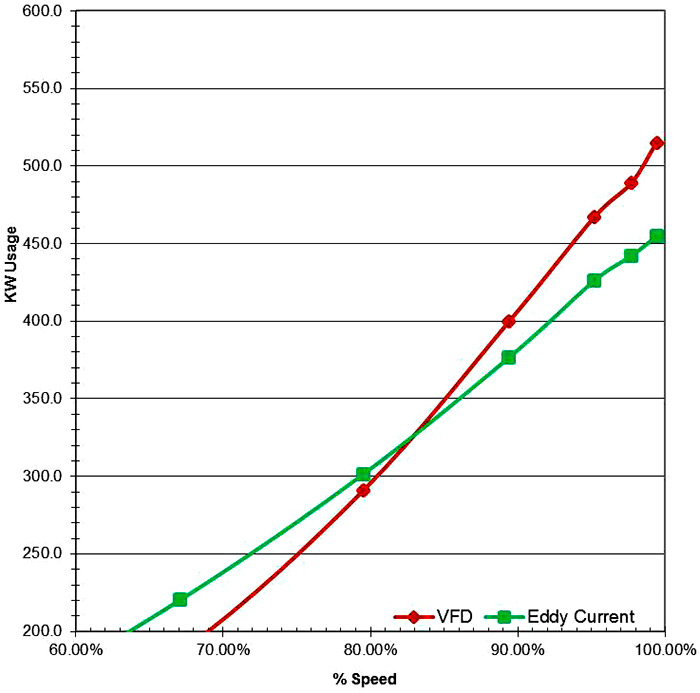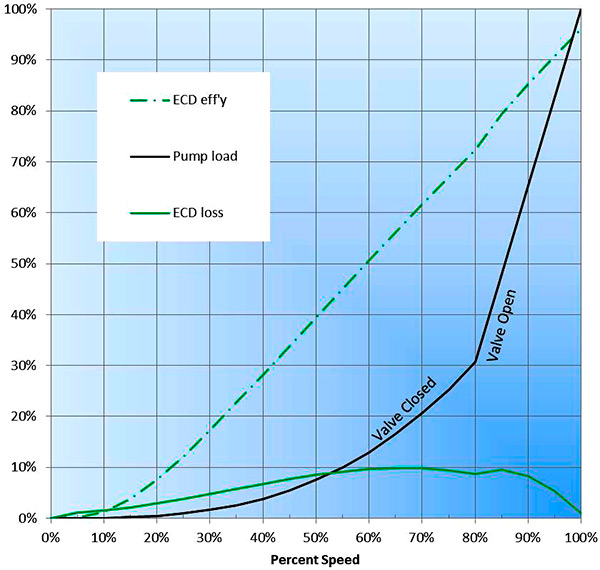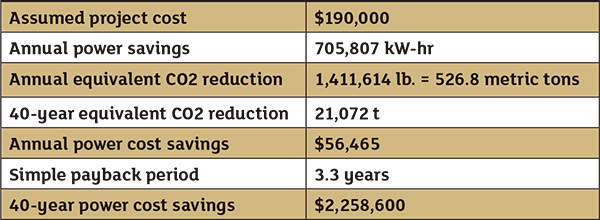Worldwide, private and public enterprises are seeking to become more “green” in their operations, either by regulatory mandate or by conscientious choice. Concern over climate change is driving some energy users to find ways to reduce or eliminate emissions of greenhouse gases, most notably carbon dioxide (CO2). While no single solution to this complex problem exists at this time, researchers are developing new technologies to produce more energy with fewer emissions. One major problem is that most of these ideas require significant investment and long-term development. The world will continue to produce most of its energy by burning fossil fuels, resulting in continued emissions for the foreseeable future. But there are several changes companies can implement that will reduce their carbon footprint. A published study of the worldwide wastewater treatment industry suggests that a significant dent can be made in reducing emissions. Facilities in this industry can reduce energy usage in the transportation and treatment processes by using existing technologies that are readily available. Powering the Wastewater Renaissance, published online by Xylem Inc., reports that nearly 50 percent of all electrical usage in wastewater applications worldwide and 38 percent in the U.S. could be curtailed by implementing mature, accessible technologies. Even better news is that most of these improvements can be made at zero or negative cost. The reduction in electrical billing can offset initial expenditures over a few years, and the equipment continues to operate at a reduced cost for years beyond the initial payback.1 Overall energy usage, primarily electricity, can be expressed as an equivalent CO2 emission as million metric tons (Mt). Emissions vary according to the type of fuel used, with natural gas being cleaner than various grades of coal and fuel oil. A reasonable average working number is that one kilowatt-hour (kW-hr) of electrical power yields about 2 pounds of CO2.2 Among the most promising and easily implemented improvements cited in the study was the use of “optimal-speed” and “high-efficiency” pumping. By applying these improvements at all levels of the collection, treatment and discharge processes of the wastewater treatment industry, facilities can easily reduce energy usage. In practical terms, this would mean incorporating variable speed pumping because optimal speed changes according to varying influent and weather conditions. Variable speed pumping has been recognized as a key strategy for optimizing hydraulic system performance and minimizing energy usage. Still, many more opportunities exist to implement new or retrofit variable speed drives to centrifugal pumps and aeration blowers. Engineers often default to choosing a variable frequency drive (VFD) when considering variable speed pumping. However, operators should also consider electromagnetic (i.e., eddy current) drives, which are often preferred in certain applications. The electromagnetic drive offers energy reduction comparable to or even better than a typical VFD. Figure 1 shows a field comparison.
 Figure 1. Comparison of VFD and eddy current drive energy use on identical pumps (Graphics courtesy of Dynamatic Inc.)
Figure 1. Comparison of VFD and eddy current drive energy use on identical pumps (Graphics courtesy of Dynamatic Inc.)  Figure 2. This pump operates from minimum flow at 80 percent speed to full flow at 100 percent speed
Figure 2. This pump operates from minimum flow at 80 percent speed to full flow at 100 percent speed Table 1. Example of electromagnetic (eddy current) drive savings
Table 1. Example of electromagnetic (eddy current) drive savings- Powering the Wastewater Renaissance (Energy Efficiency and Emissions Reduction in Wastewater Management), Glen Trickle, Albert Cho, Randolf Webb, Alan Merry, Aleksandra Lazic, Alexis de Kerchove, and Lars Larsson. Published online at www.poweringwastewater.xyleminc.com. Cited by permission of the authors.
- U.S. Energy Information Administration, Frequently Asked Questions. https://www.eia.gov/tools/faqs/faq.cfm?id=74&t=11

